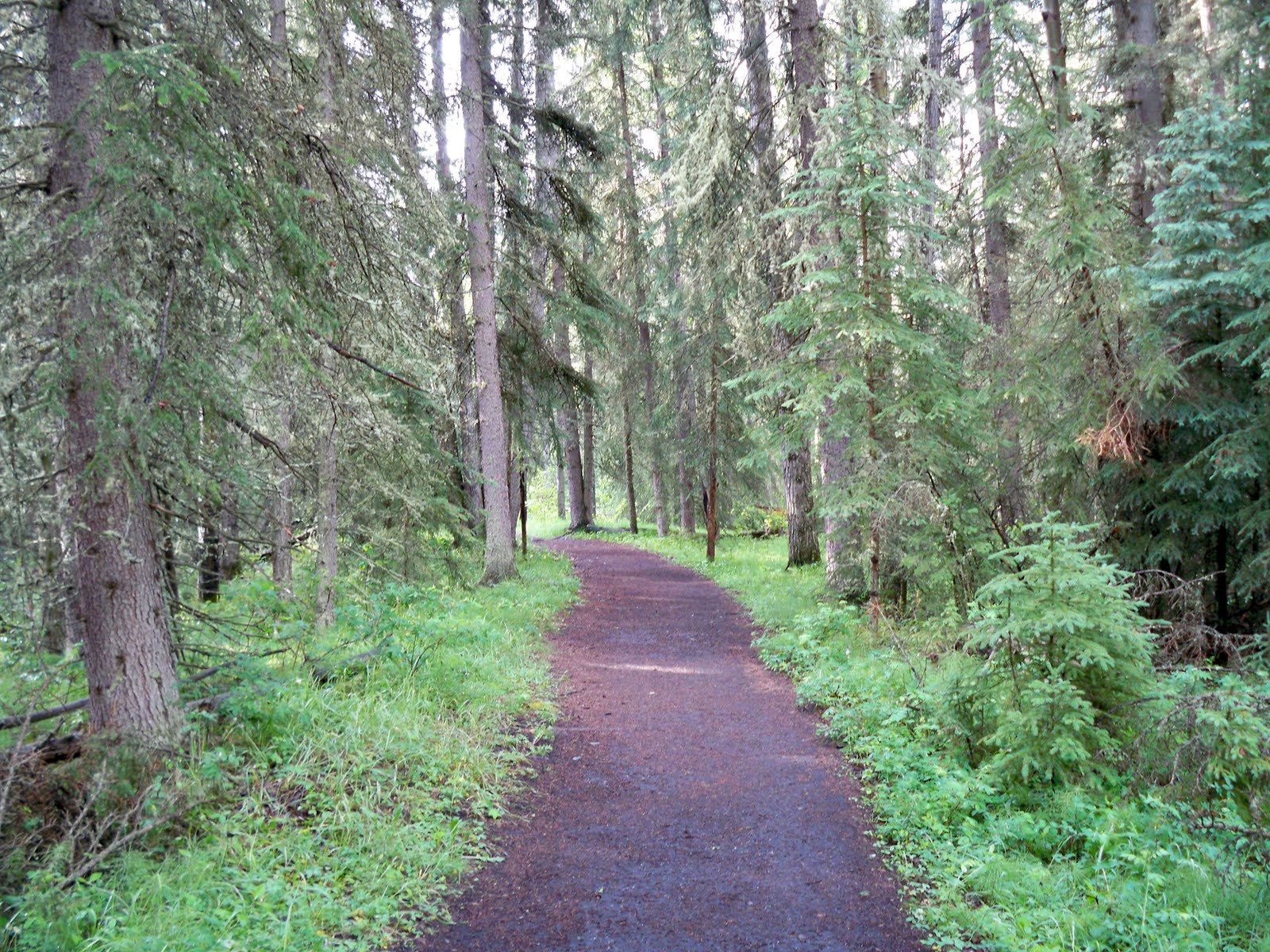Cutting My Losses
The walks I’ve been taking lately on the Cross-County Trail are not without their lessons, and one of the foremost is learning to recognize when I’m lost. The trail is well marked — most of the time — but on Saturday there was a stone crossing, a sudden turn and — voila! — I was in uncharted territory.
There was a path, of course, but there are many paths in the woods. Some are barely perceptible, the width of a deer (and given the skinny deer we have in Fairfax County, that’s not very wide); others are broad but lead in the wrong direction. The latter is what I was dealing with Saturday. It could have been the Cross-County Trail — except that it wasn’t.
When I’d walked for a while without noticing the distinctive CCT marker, I turned around and retraced my steps. There was a trail that went off to the left, but it was rockier and less cleared than I was used to — probably a dead end. There was another possibility, but it looped back onto the path I was on. I walked all the way back to the steppingstones before I found my error — and it was a big one — turning the wrong direction after I crossed the creek.
Once righted I could immediately tell the difference. The path was sure and springy beneath my feet. I had cut my losses quickly. I was on my way.


